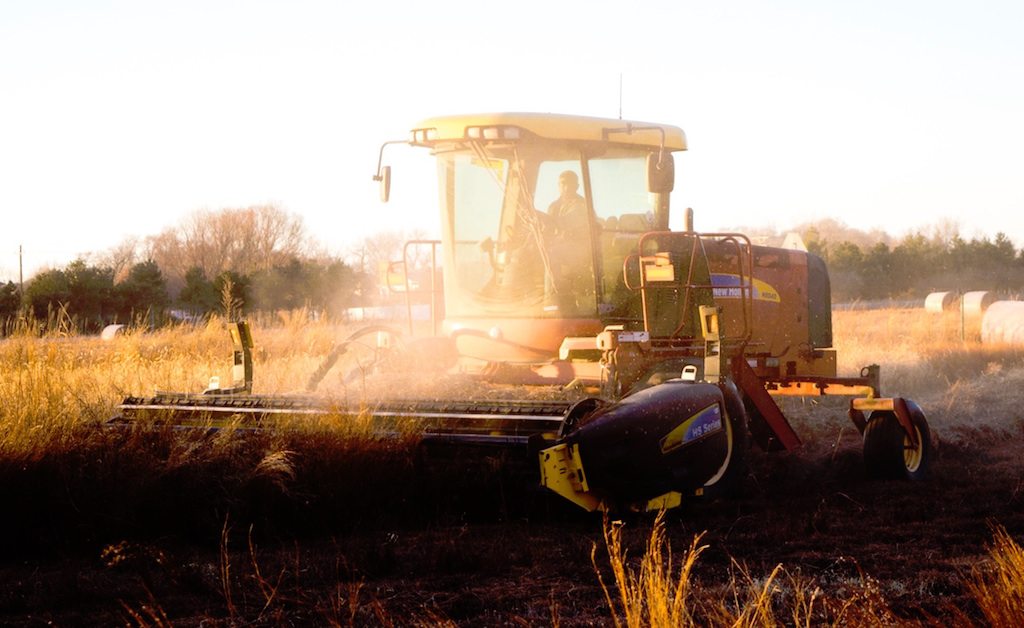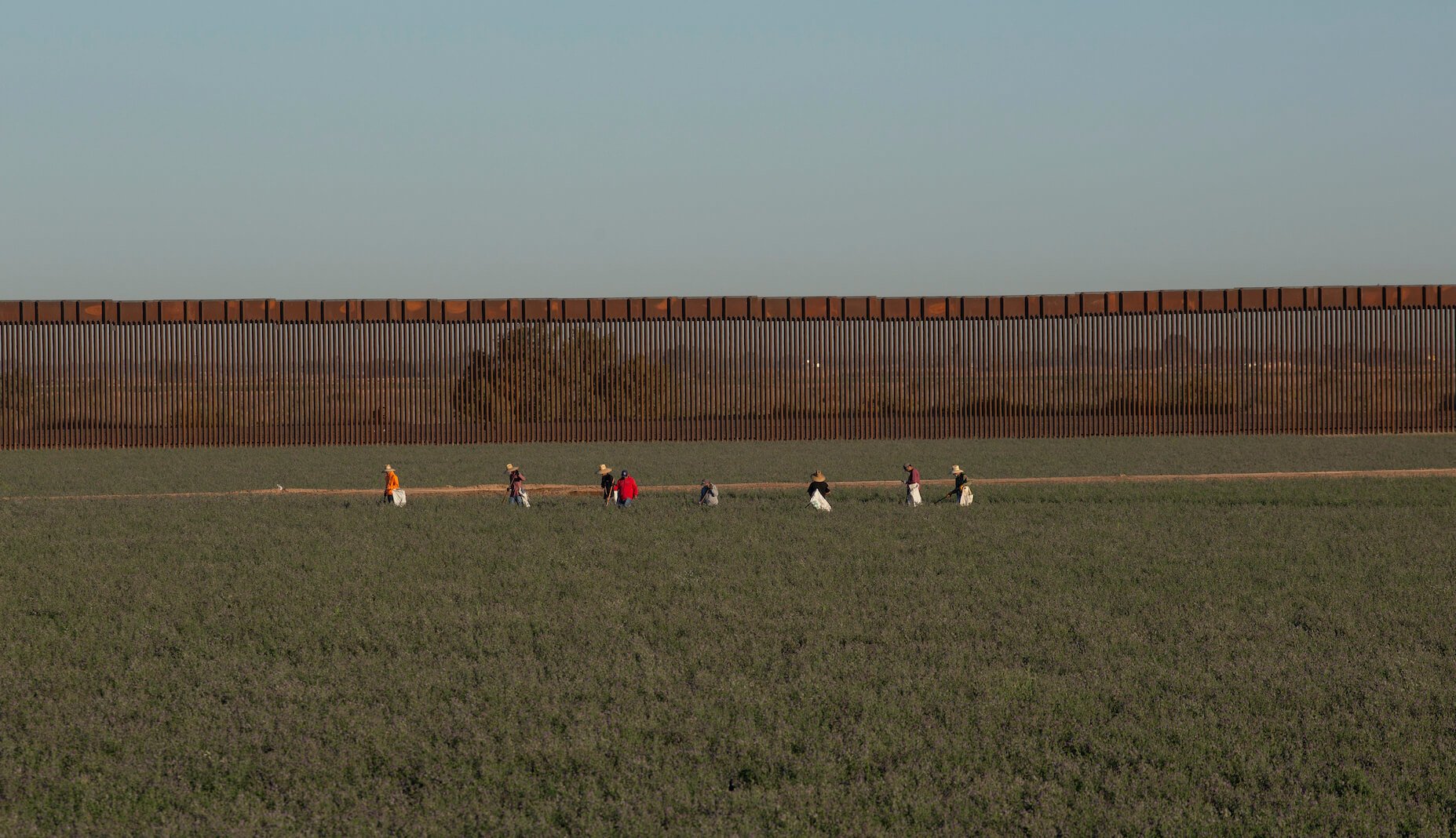
valio84sl/iStock
In 2019, commercial farms grossing more than $350,000 annually received an average of about $85,000 from the government, according to a review of USDA data.
The federal government subsidized commercial farms much more than family farms in 2019, according to the latest U.S. Department of Agriculture figures.
This article is republished from The Midwest Center for Investigative Reporting. Read the original article here.
In 2019, commercial farms, which means they gross more than $350,000 annually, received an average of about $85,000 from the government.
On the other hand are residence farms that have less income; the owner is either retired or makes a living working another job besides farming. These farms received an average of about $8,000, according to the USDA.
After the Trump administration started its trade wars, it paid billions to farmers. The payments propped up farmers’ income at a time when many were hurting financially, according to a report from the University of Illinois’ Farmdoc Daily.
“Other” includes payments that are not part of an existing farm safety net and can usually cover production. “Conservation” programs provide funds to restore farmland that’s been damaged. “Marketing loans” help farmers with cash flow when the market might not be advantageous for selling their products. And “counter-cyclical programs” pay farmers when crop revenues fall below a specified guaranteed level.









